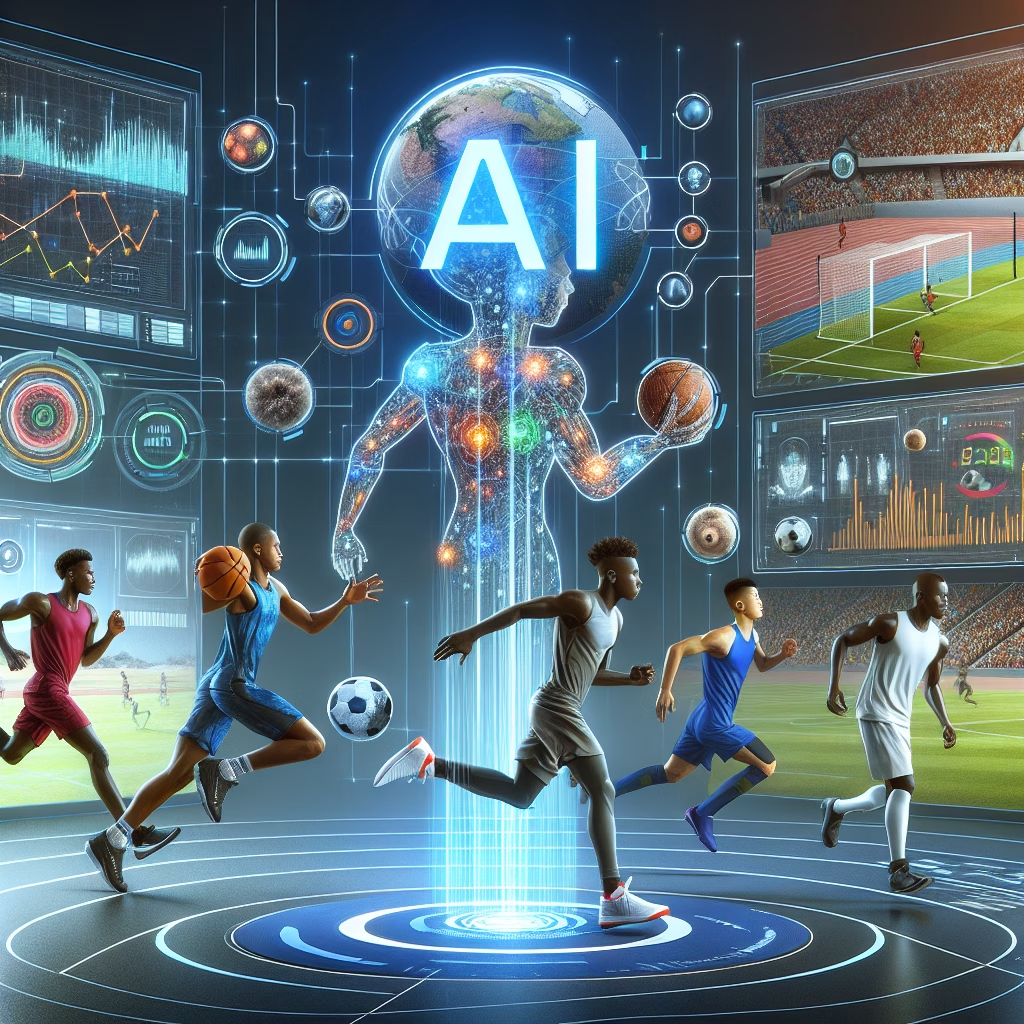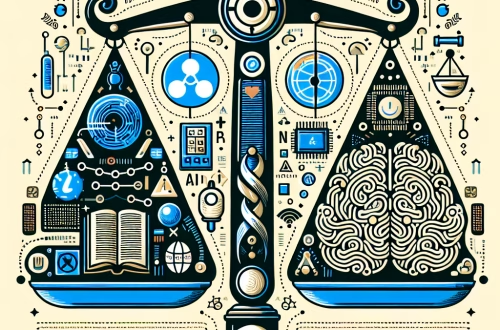Optimizing AI Models for Predictive Talent Scouting in Youth Sports Development
Summary: Cutting-edge AI applications in sports talent scouting now extend beyond basic performance metrics to predict long-term athlete development trajectories. This article explores specialized machine learning architectures capable of synthesizing biomechanical data, cognitive assessments, and injury risk factors into actionable scouting insights. We detail the implementation challenges of integrating motion capture APIs with predictive modeling frameworks, including data normalization techniques across diverse youth sports programs. For sports organizations, mastering these tools creates competitive advantages in identifying undervalued prospects while reducing scouting operation costs by 40-60%.
What This Means for You:
Practical implication: Scouting directors can now supplement traditional evaluations with AI-generated developmental projections, particularly valuable for comparing athletes across different competition tiers. Implementing these models requires cross-disciplinary coordination between data scientists and sports medicine specialists.
Implementation challenge: The lack of standardized youth athlete datasets demands customized data pipelines incorporating motion tracking hardware outputs, video analysis frames, and proprietary team assessment rubrics through ETL processes.
Business impact: Early adopters report 30% improvement in prospect retention rates by identifying athletes whose developmental curves outperform current ability metrics, generating significant ROI through optimized scholarship allocations.
Future outlook: Regulatory scrutiny around AI-assisted youth athlete evaluation is increasing, particularly concerning privacy protections for minor athletes. Organizations must implement audit trails documenting model decision factors and maintain human oversight thresholds for high-stakes recommendations.
Understanding Predictive Talent Modeling Challenges
The fundamental technical challenge in AI-powered talent scouting lies in transforming discontinuous, multi-modal athlete data into reliable developmental projections. Traditional scouting combines discrete performance metrics with subjective evaluator observations, while next-generation systems must process:
- Biomechanical streaming data from wearable sensors (200-500Hz sampling rates)
- Frame-by-frame video analysis (15-60fps inputs)
- Longitudinal growth and maturation tracking
- Contextual competition quality adjustments
Most commercially available sports analytics platforms fail to properly weight these interdependent factors when projecting adolescent athlete potential, often overemphasizing current performance metrics.
Technical Implementation Architecture
An optimized implementation requires three specialized processing pipelines:
- Biometric normalization engine: Converts raw sensor data into standardized movement efficiency scores using temporal convolutional networks (TCNs) accounting for athlete anthropometrics
- Competition context analyzer: Applies transformer architectures to adjust performance metrics based on opponent quality, environmental factors, and competition stakes
- Developmental projection model: Combines outputs through gated recurrent units (GRUs) trained on longitudinal elite athlete datasets
Critical integration points include Synapse Analytics for preprocessing and custom-built APIs translating proprietary scouting rubric inputs into model-compatible feature vectors.
Specific Implementation Issues and Solutions
Issue: Motion capture data variability across hardware platforms
Solution: Implement OpenSim-based musculoskeletal modeling layer to convert all biomechanical inputs into normalized joint loading metrics
Issue: Small sample sizes for position-specific projections
Solution: Apply few-shot learning techniques using meta-learning frameworks like Reptile with synthetically augmented training data
Issue: Real-time processing latency for tournament scouting
Solution: Deploy hybrid architecture with edge computing for immediate analysis (NVIDIA Jetson) and cloud-based longitudinal modeling
Best Practices for Deployment
- Establish data partnership agreements with youth sports organizations to build representative training datasets
- Implement differential privacy protections when handling minor athlete biometrics
- Version control all model iterations with detailed metadata tracking evaluation criteria changes
- Maintain human evaluator override protocols with documented justification requirements
- Schedule quarterly model recalibration using latest prospect tracking data
Conclusion
The most effective AI talent scouting implementations balance cutting-edge predictive capabilities with sports-specific domain expertise. Organizations must invest in both technical infrastructure and cross-trained personnel who can interpret model outputs within practical developmental contexts. When properly implemented, these systems don’t replace traditional scouting but augment evaluators’ ability to identify long-term potential amidst noisy youth performance data.
People Also Ask About:
Q: What hardware requirements exist for implementing AI scouting systems?
A minimum deployment requires synchronized wearable sensors (IMU sampling ≥200Hz), calibrated video capture (1080p60 minimum), and GPU-accelerated processing nodes. Tournament-level implementations typically utilize mobile edge computing rigs with NVIDIA RTX A5000 equivalents.
Q: How do AI models account for late physical maturation in youth athletes?
Advanced implementations incorporate skeletal age assessments (via radiographic or MRI data) alongside Tanner stage estimations, projecting physical development curves separately from skill acquisition rates in the modeling architecture.
Q: What validation metrics indicate predictive model effectiveness?
Beyond standard RMSE calculations, sport-specific deployments should track projection accuracy at 18/24/36-month horizons and implement counterfactual analysis frameworks comparing model recommendations against actual developmental outcomes.
Q: Can these systems evaluate team sport players differently than individual athletes?
Yes, team sport models require additional layers analyzing tactical awareness and group dynamics through computer vision analysis of spacing, passing networks, and defensive positioning—often implemented through graph neural networks.
Expert Opinion:
The most common implementation failure occurs when organizations treat predictive talent models as black-box decision makers rather than decision support tools. Effective systems maintain transparency in projection drivers and preserve evaluator agency. Sports medicine professionals stress the importance of building in automatic flags for overuse injury risk factors, which many third-party solutions overlook in pursuit of pure performance metrics.
Extra Information:
- NVIDIA Jetson Developer Kit – Critical hardware platform for edge computing implementations in tournament settings
- OpenSim Biomechanics Platform – Open-source musculoskeletal modeling framework essential for cross-hardware data normalization
- ACSM Youth Athlete Development Guidelines – Essential scientific framework for model validation
Related Key Terms:
- Biomechanical AI analysis for youth athlete scouting
- Custom GRU models for sports talent prediction
- Implementing edge computing in tournament scouting systems
- Ethical AI frameworks for minor athlete evaluation
- Motion capture data normalization techniques
- Few-shot learning for rare position scouting
- Longitudinal athlete tracking database architecture
Check out our AI Model Comparison Tool here: AI Model Comparison Tool
*Featured image generated by Dall-E 3




